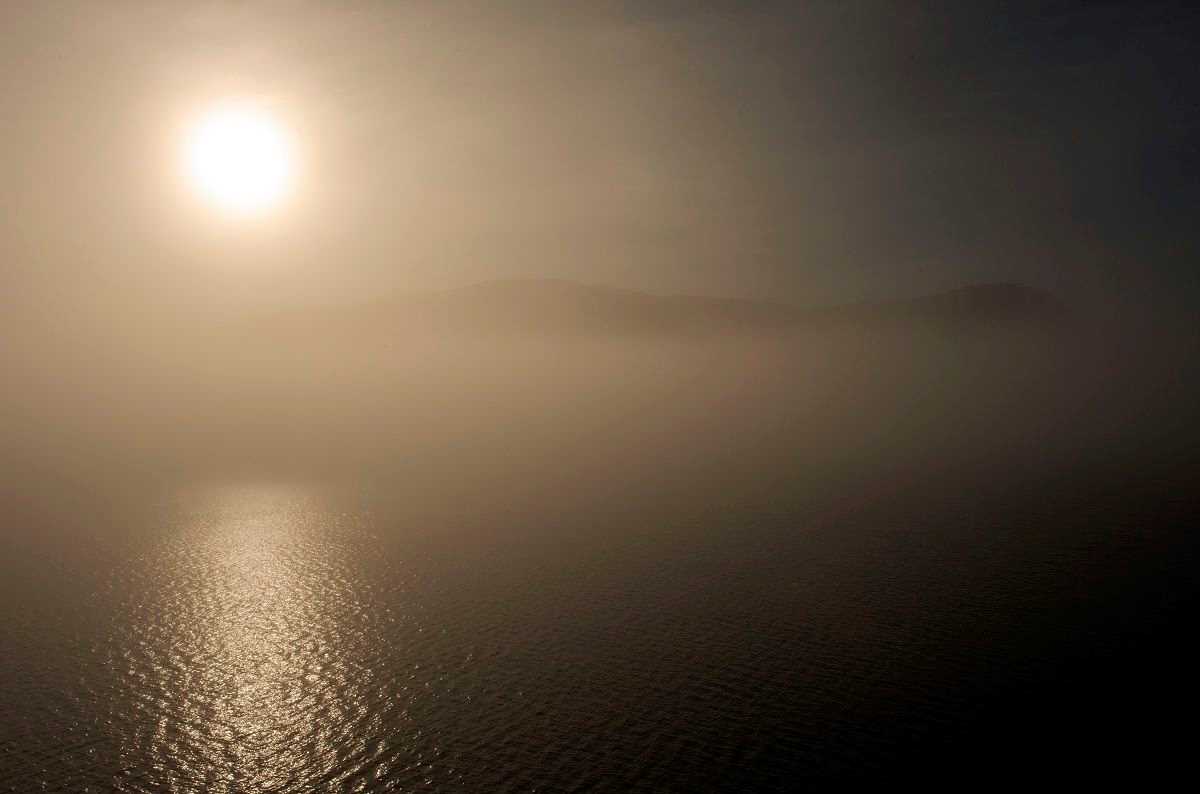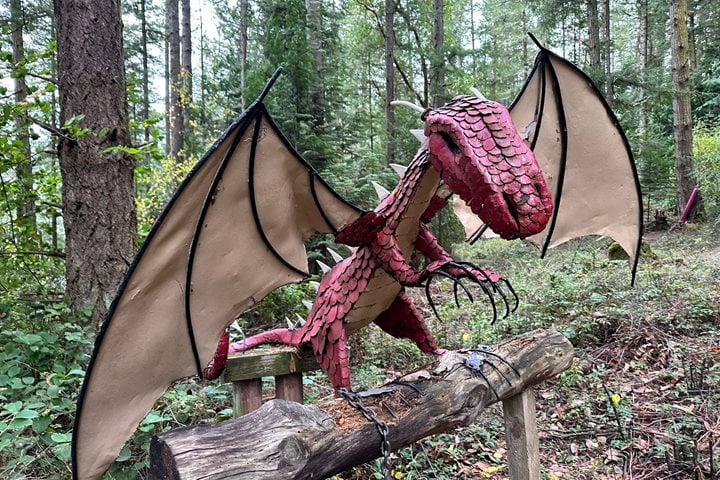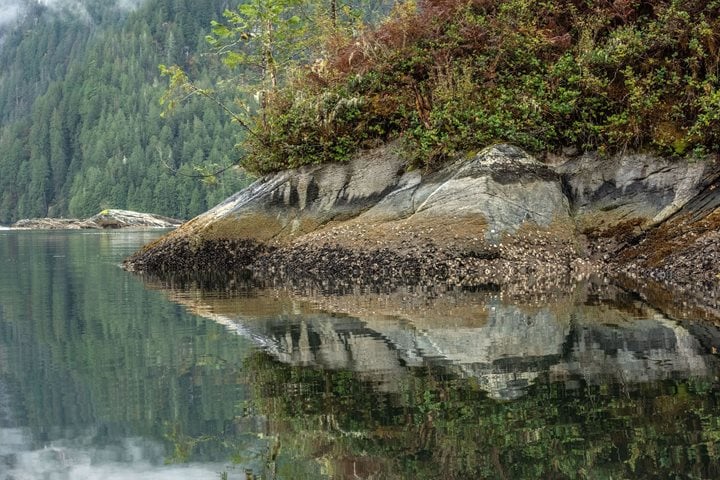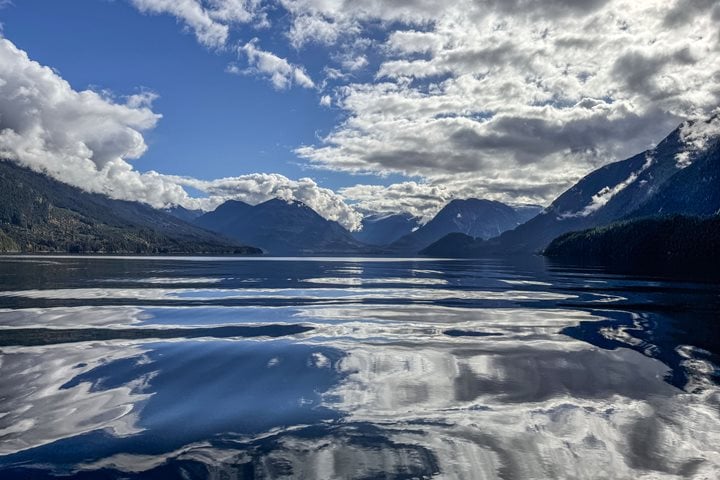We awoke in the middle of the San Juan Islands after sailing all night from Seattle. Darkness is rapidly advancing in the Pacific Northwest, and sunrise doesn’t even happen until 7 a.m. Thick fog surrounded National Geographic Venture as the sun rose today. Out of the mist, the island hills and mountains rose up to greet the sun rays. Birds were everywhere, winter migrants are returning to their winter home in the San Juan Islands. Harbor seals warmed up in the sun along the rocks at low tide. They wait for the tide to rise, so they can slip off the rocks with ease and go fishing with the high tide.
Our destination today was Sucia Island. It is actually an archipelago of ten islands that make up what we refer to as “Sucia.” It translates from Spanish to “dirty” and was named in 1791 when the Spanish were first exploring this area. It is surrounded by rocky reefs that would have made an approach toward the islands very dangerous for the sailing ships.
At Sucia Island, everyone had a chance to tour the area by Zodiac boat, kayak, and /or hike. The oldest rocks on Sucia comprise of bedrock that forms the southwestern finger of the island. These sediments were originally deposited about 85 million years ago, and marine fossils are embedded in what was once the ocean floor. We viewed a beautiful ammonite fossil, a long extinct cephalopod that is related to a nautilus. Sucia Island is also where the only dinosaur bone in Washington state has ever been found. River otters frolicked in the bay, harbor seal cruised by with their heads above the water line as we watched, or were we being watched?
A walk through the woods revealed tall red cedars with mushrooms poking up through the soft duff of the detritus underneath. Our recent rains and cooling weather have brought many different species to emerge from their underground beds. Rosehips hang from the wild rose bushes, the roses long gone. Madrona trees color the landscape with their orange peeling bark, and the maple trees are turning. Autumn is here: the sun is gentle, and the air is mild. It’s beautiful weather for an expedition.







